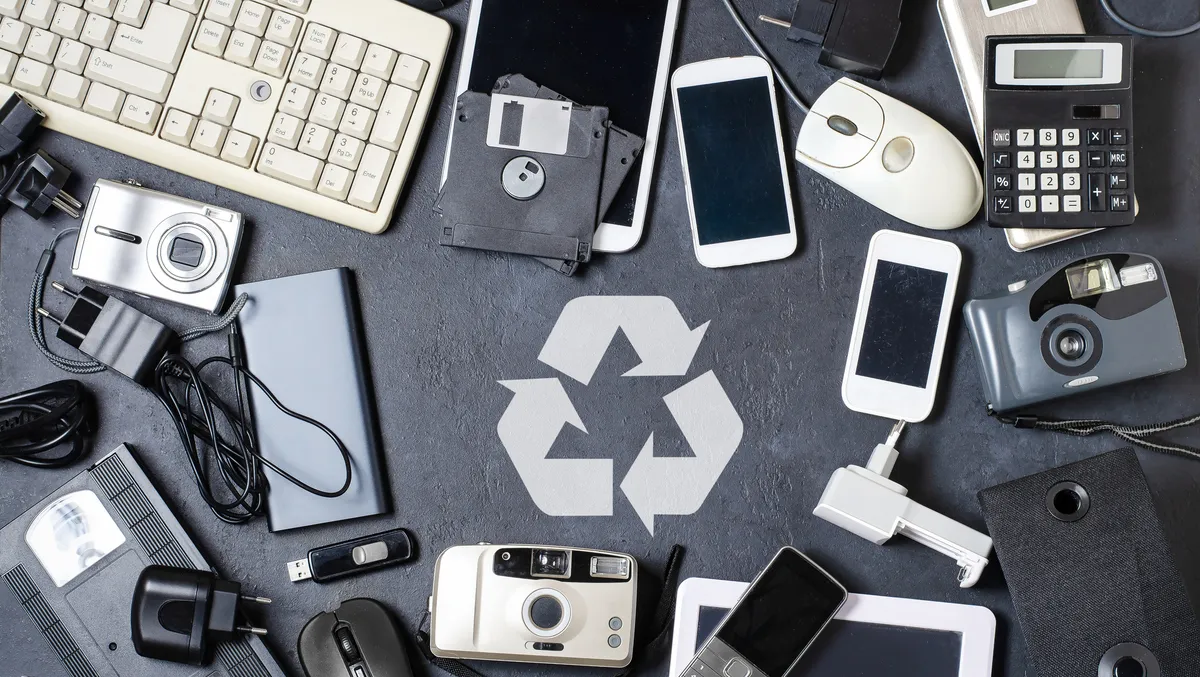
25 years of telco industry's recycling success story
Our lives have been transformed by mobile phones over the last three decades. From just 1% of Australians owning them in 1990 to 45% by 1999, now nine out of ten people in the nation have one and most have another one sitting at home as a spare; love 'em or hate 'em, we can't do without 'em.
Which makes it all the more visionary that the telco industry worked together to self-regulate and voluntarily create a stewardship program to safely and thoroughly dispose of these devices, establishing The Mobile Phone Industry's Recycling Program in 1998. The organisation, rebranded to the snappier MobileMuster in 2005, is now celebrating its silver jubilee, and guides the recycling of devices now numbering in their millions, with a mandate established when there were little to no societal expectations of recycling of products.
Yet recycle we must, as each smartphone is a cornucopia of precious and rare metals, minerals sought after the world over and significant emissions of carbon dioxide are produced in first extracting them. This includes cobalt, nickel, lithium, and small amounts of gold, silver, palladium, copper and platinum. These recycled materials are then available for use in new products, which reduces the need for virgin mining of what are finite and increasingly contested resources.
Whether it be e-waste or growing concerns about solar panel recycling at their end-of-life, the success of the telecommunication sector's self-regulating approach is worth studying to see if other sectors can benefit. It has never been more important that the public has trust in the process, and efficacy, of recycling modern consumer goods. This is why providing clear and compelling explanations of what happens when a phone goes into the MobileMuster collection bins or pre-paid green mailing bags are so central to the success of this scheme.
Unlike other products, however, we entrust much of our own and loved ones' data on each device, requiring diligent handling to further ensure absolute trust in their safe and complete disposal. As the sector adopted self-driven stewardship programs, we can see an impressive example of manufacturers designing improved recyclability in the device, ensuring an incredible 95% of all materials in smartphones are recovered and can be used again.
Consumer surveys reveal one reason for their reluctance to recycle phones is to ensure there is a backup phone on hand 'just in case'. Indeed IPSOS estimates there's one for every person in Australia waiting for its call to action, a call that rarely comes. More incredibly, and certainly, a call this phone will fail to answer is that there are nearly five million broken phones in homes and businesses across the country. Recycling all these devices is the goal of the annual 'Go for Zero' campaign.
The early establishment of MobileMuster has meant that the ongoing growth of the telecommunication industry is hand in hand with their engagement with that stewardship program. One in three Australians has used these services, resulting in the staggeringly large number of over 16 million devices recycled, or a total of 2000 tonnes.
In a quarter of a century, Australians have reduced carbon emissions equivalent to over 4,400 tonnes of C02, equivalent to planting 115,000 trees, through 23,570 tonnes of virgin mining activities avoided. Yet we can and must do better as Australians are asked to Go for Zero and see all of our broken phones recycled. But why stop there? Once Australians have experienced a recycling program that's free, safe, and easy, we should demand that ease and efficacy for all the things we buy!
Recycling is all about trust and effectiveness, and with a quarter of a century of success in safely disposing of millions of smartphones and recycling all of those components, MobileMuster can rightly be considered the gold standard on its silver jubilee.

